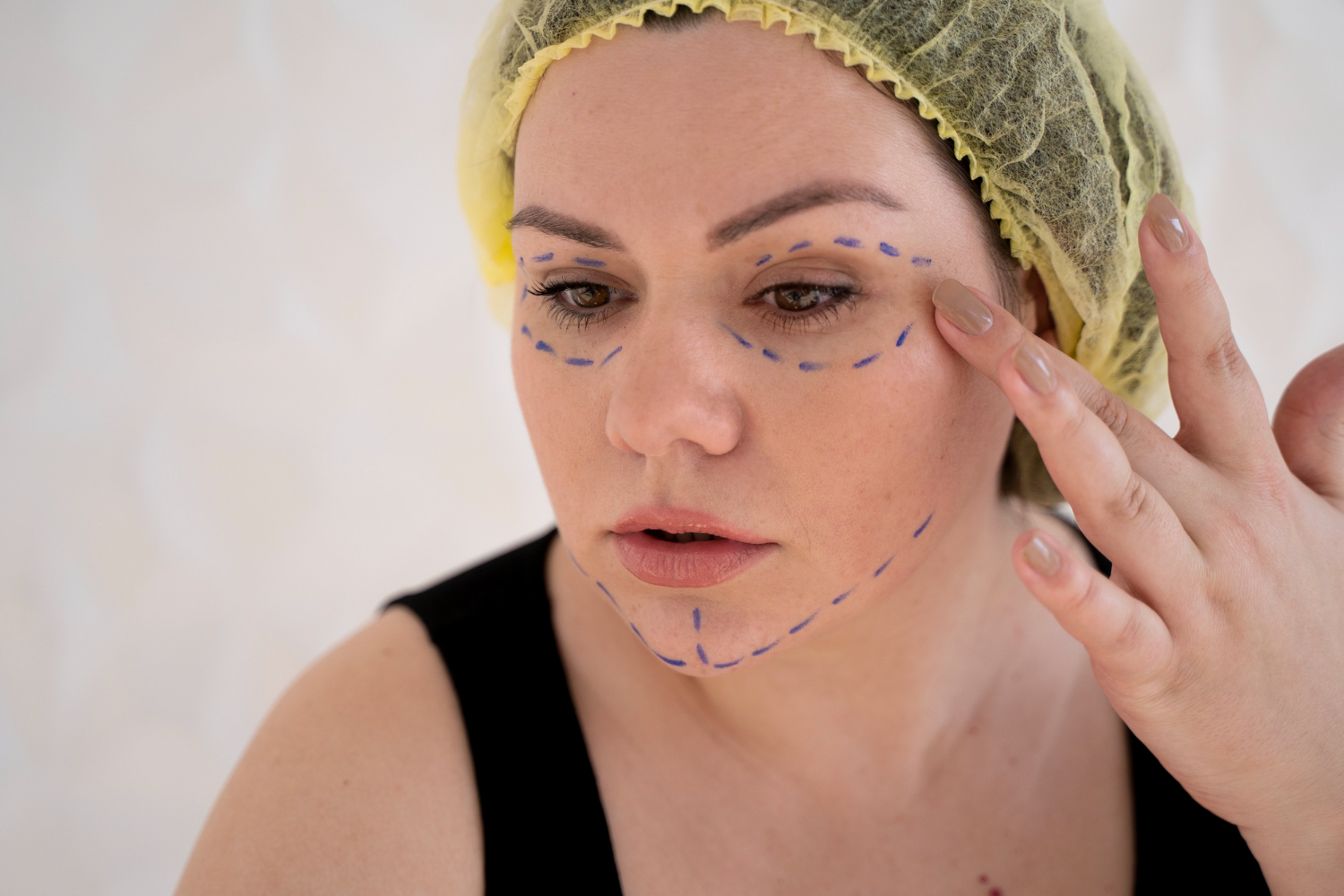
Fillers have emerged as a game-changing answer in the effort to turn back the hands of time, resulting in astonishing transformations without the need for surgery. These injectable miracles have transformed the industry of aesthetic treatments, doing anything from plumping lips to erasing deep wrinkles and regaining youthful volume.
Curious to know about the different types of fillers? Pondering over what type of filler to choose for yourself? Let us help you explore the many filler types and their unique advantages so that you can make an informed decision and discover the secret to everlasting radiance.
Types of Fillers and Their Benefits

The world of fillers consists of many different types of fillers for your face which vary from each other in terms of the areas and concerns they serve. They are:
1. Hyaluronic Acid Fillers
Hyaluronic Acid (HA) Fillers are the most common type of fillers used in cosmetic procedures. A naturally occurring substance in the body, HA draws in and retains moisture, giving the skin hydration, plumpness, and suppleness. These fillers have the ability to add volume to the lips, smooth out facial creases, and substantially minimise the look of fine lines and wrinkles. One of the main benefits of hyaluronic acid fillers is that they are transitory, which gives you the freedom to experiment with alternative procedures or adjust your results as time goes on.
2. Calcium Hydroxylapatite Fillers (CaHA)
Microscopic calcium particles suspended in a gel-like material make up CaHA fillers. These types of fillers for your face not only correct and add volume right away, but they also encourage collagen formation over time. They work well for giving volume to sunken cheeks, smoothing out moderate to severe facial creases and wrinkles, and regaining youthful contours. CaHA fillers deliver results that last long, with benefits that can last up to a year or longer.
3. Poly-L-lactic Acid (PLLA) Fillers
PLLA fillers function by boosting the skin’s natural production of collagen, gradually enhancing skin texture and replenishing lost volume. They are frequently used to treat marionette lines, nasolabial folds, and deep facial creases. Since collagen formation takes time, PLLA fillers do not produce results right away like other filler types. They produce natural-looking results that can last for as long as two years.
4. Polymethylmethacrylate (PMMA) Fillers
PMMA fillers are made up of tiny, biocompatible microspheres suspended in a gel that resembles collagen. These fillers are regarded as semi-permanent since they immediately add volume and support while encouraging the growth of new collagen over time. Deep wrinkles, acne scars, and face contouring are all well-suited targets of PMMA fillers. As opposed to other types of fillers, PMMA fillers offer a better solution because of their longevity.
5. Facial Fat Grafting
Facial fat grafting, sometimes referred to as autologous fat transfer, involves taking fat from one part of the body (such as the abdomen or thighs) and injecting it into destined facial areas. This method can address a variety of issues, such as facial hollowing, deep wrinkles, and asymmetry, and it enables natural-looking volume restoration. By using the body’s own tissue, facial fat grafting has the benefit of lowering the risk of allergic responses or rejection.

Takeaway
Different types of dermal fillers offer many benefits, so you need to do your research and figure out which one is best for you. While you can choose which one you need, it is also important to consult a specialist for professional advice before proceeding. At the Bodycraft Clinic, we have qualified experts who can help determine which type of filler is the best for you and conduct safe procedures. Book an appointment today for personalised consultation and treatments with exceptional results.
FAQs around types of fillers with benefits
1. How common are dermal fillers?
Dermal fillers are more prevalent than ever, and in recent years, their popularity has been steadily rising. They are now highly sought-after as a non-surgical alternative for enhancing your appearance and addressing signs of ageing.
2. What type of filler is best?
The most common type of filler in the market today is the Hyaluronic Acid (HA) Filler as they are gentle and safe compared to other types of filler. However, it is advisable to consult a qualified professional to understand which filler will be the best for your needs.
3. Which fillers last the longest?
Certain fillers, such as polymethylmethacrylate (PMMA) and some calcium hydroxylapatite (CaHA) fillers, can provide longer-lasting results compared to other filler types. However, the longevity of fillers also depends on factors like individual metabolism and the area of injection. It is best to consult with a healthcare professional to determine the most appropriate filler option for your specific needs and goals.
4. Can fillers become permanent?
Although not permanent, there are many fillers which can provide long-lasting results. However, to maintain their durability, it’s important to do timely touch-ups under expert supervision.
